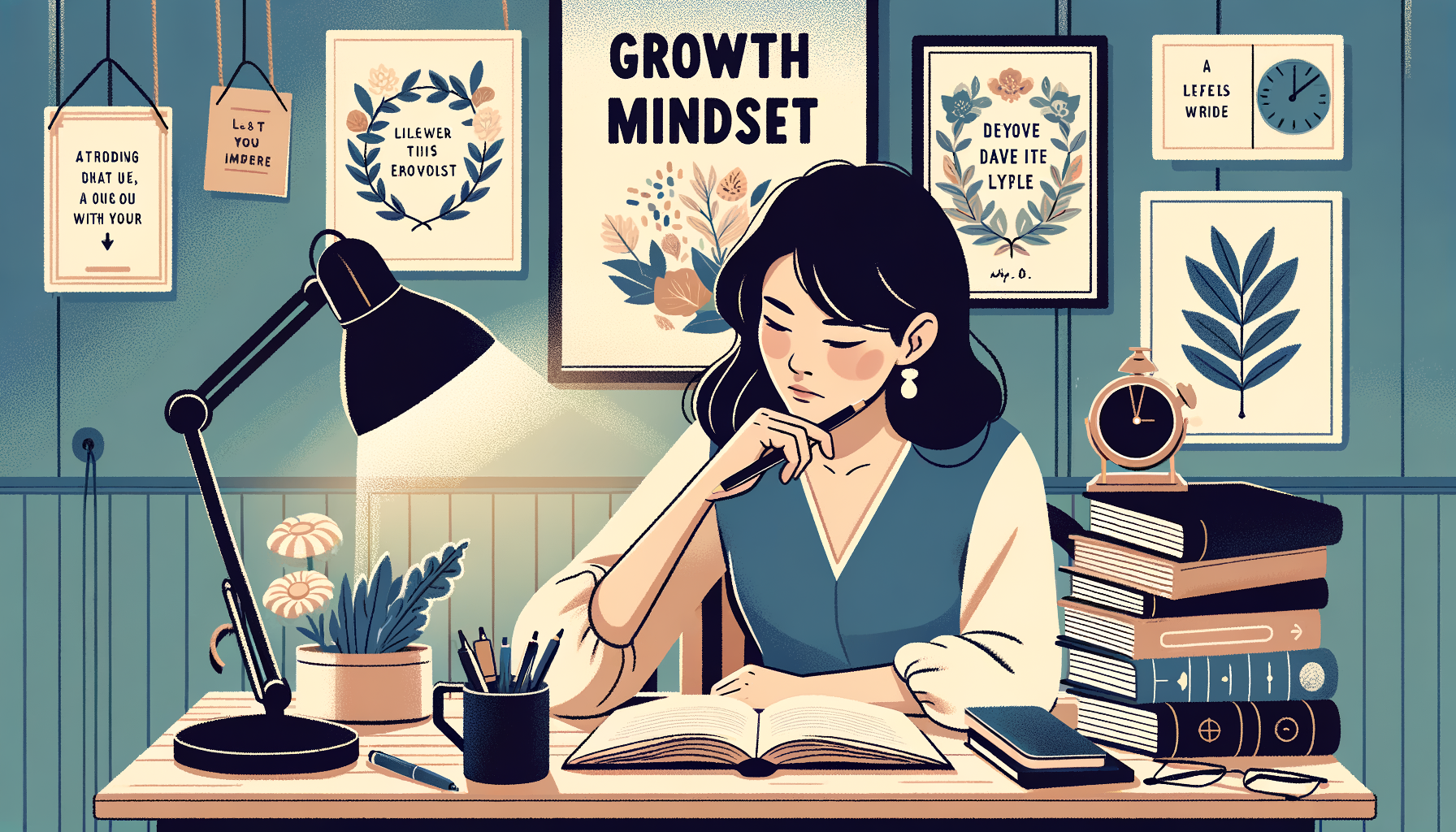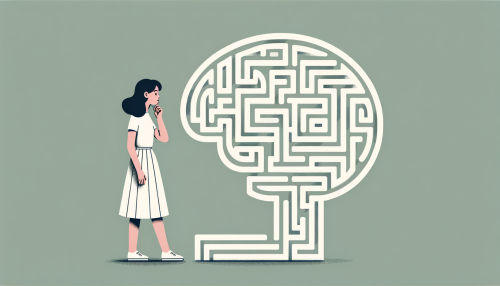Introduction
In the grand tapestry of human existence, the pursuit of personal growth and development is a common thread that binds us all. The journey towards self-improvement is a winding path, fraught with challenges and obstacles. Yet, it is through overcoming these hurdles that we truly evolve. One of the most potent tools in this journey is the cultivation of a growth mindset.
Understanding Growth Mindset

The concept of a growth mindset is a psychological paradigm that posits the belief in one’s ability to grow and improve. It is the antithesis of a fixed mindset, which is characterized by the belief that our abilities and intelligence are static and unchangeable. The growth mindset, on the other hand, embraces the idea that with effort, learning, and perseverance, we can enhance our skills, intelligence, and abilities.
The growth mindset is not a mere theoretical construct, but a practical tool that can be harnessed to foster personal and professional development. It is a lens through which we view our abilities, not as finite resources, but as malleable traits that can be honed and improved. This perspective empowers us to approach challenges with optimism, viewing them not as insurmountable obstacles, but as opportunities for growth and learning.
The cultivation of a growth mindset requires a shift in our perception of failure. Instead of viewing failure as a reflection of our inherent abilities, we must learn to see it as a stepping stone towards improvement. This shift in perspective allows us to embrace challenges, persist in the face of setbacks, and view effort as a path to mastery.
Cultivating Positive Attitudes
The cultivation of a growth mindset is intrinsically linked to the fostering of positive attitudes. A positive attitude is not merely about maintaining an optimistic outlook, but about embracing the belief in our capacity for growth and improvement. It is about viewing challenges as opportunities, setbacks as learning experiences, and effort as a path to mastery.
Cultivating a positive attitude requires conscious effort and practice. It involves challenging our negative thought patterns and replacing them with positive affirmations. It requires us to embrace the belief in our capacity for growth and improvement, and to view challenges not as insurmountable obstacles, but as opportunities for learning and growth.
A positive attitude also involves the cultivation of resilience. Resilience is the ability to bounce back from setbacks and to keep going in the face of adversity. It is a crucial component of a growth mindset, as it enables us to persist in the face of challenges and to view setbacks as opportunities for learning and growth.
Implementing Mindset Strategies
Implementing a growth mindset involves the adoption of specific strategies aimed at fostering personal and professional development. These strategies include setting realistic goals, embracing challenges, persisting in the face of setbacks, and viewing effort as a path to mastery.
Setting realistic goals is a crucial first step in the implementation of a growth mindset. These goals should be challenging yet achievable, and should be aligned with our personal and professional aspirations. They should serve as a roadmap for our journey towards self-improvement, providing us with a clear direction and a sense of purpose.
Embracing challenges is another key strategy in the cultivation of a growth mindset. Challenges provide us with opportunities to learn and grow, and to test our abilities and resilience. Instead of avoiding challenges, we should seek them out, viewing them as opportunities for personal and professional development.
Persisting in the face of setbacks is a crucial component of a growth mindset. Setbacks are inevitable in the journey towards self-improvement, but they should not deter us from our path. Instead, we should view them as learning experiences, as stepping stones towards our goals.
Conclusion
In conclusion, the cultivation of a growth mindset is a powerful tool in the pursuit of personal and professional development. It involves a shift in our perception of our abilities, a fostering of positive attitudes, and the implementation of specific mindset strategies. By embracing the belief in our capacity for growth and improvement, we can navigate the challenges of life with resilience and optimism, and truly realize our potential.





